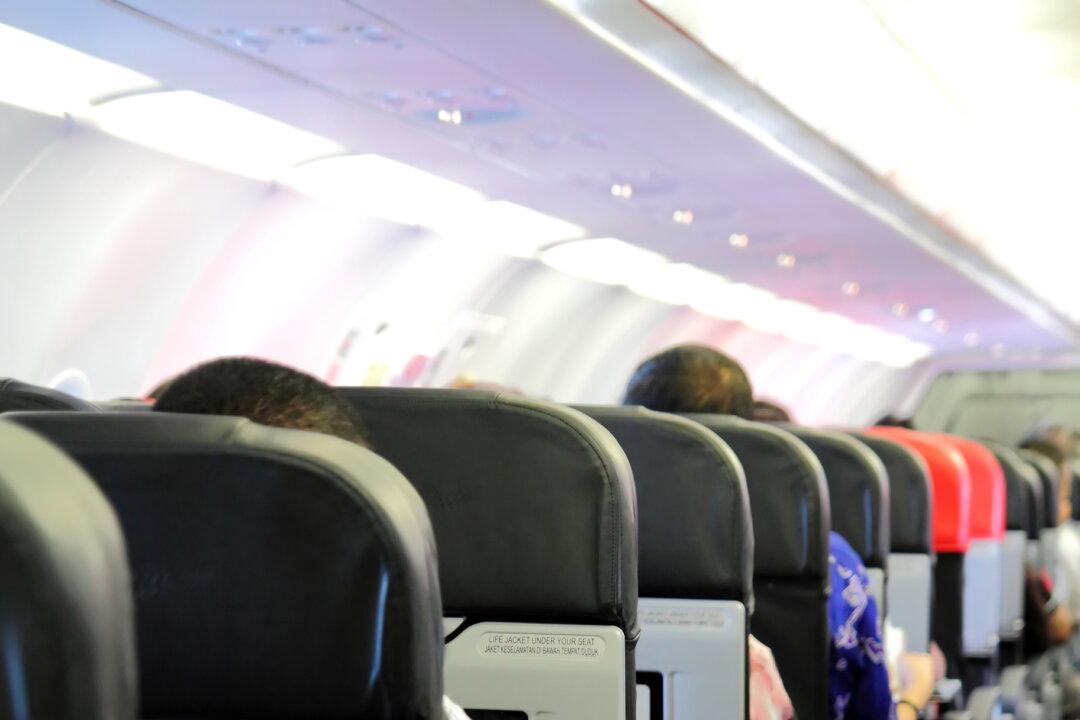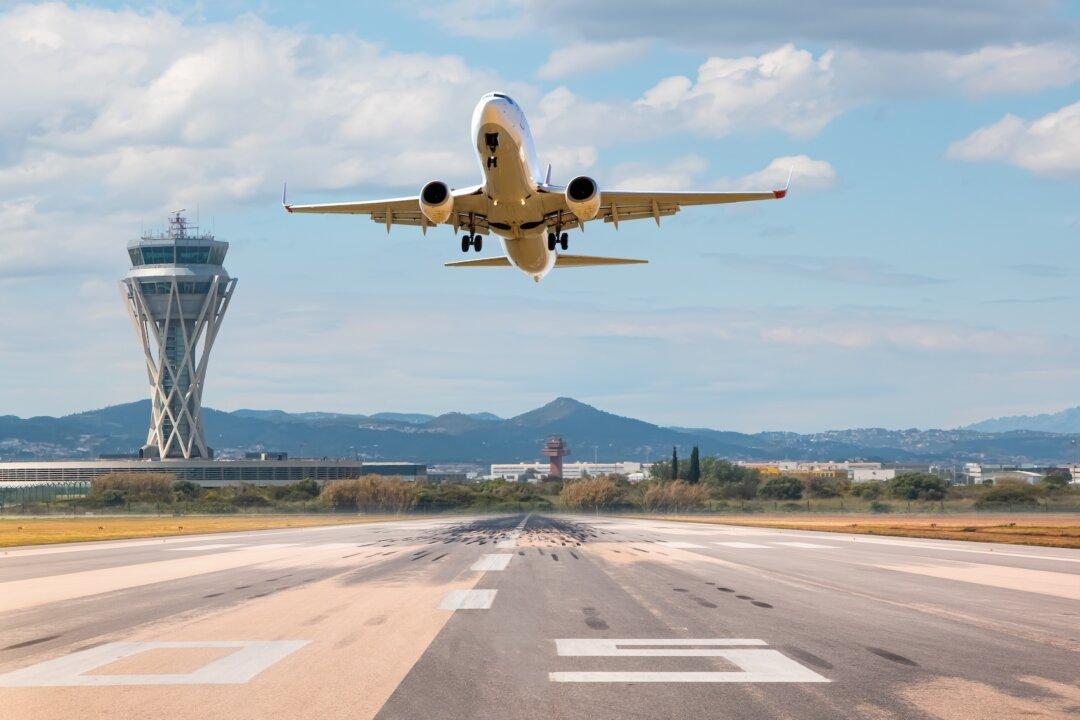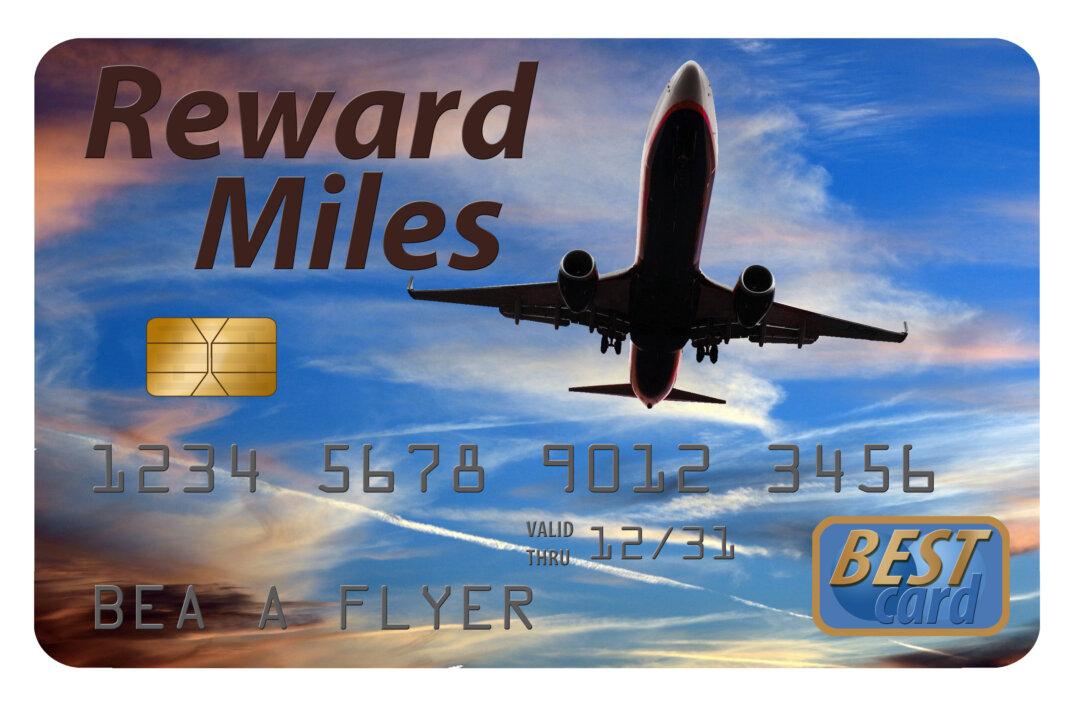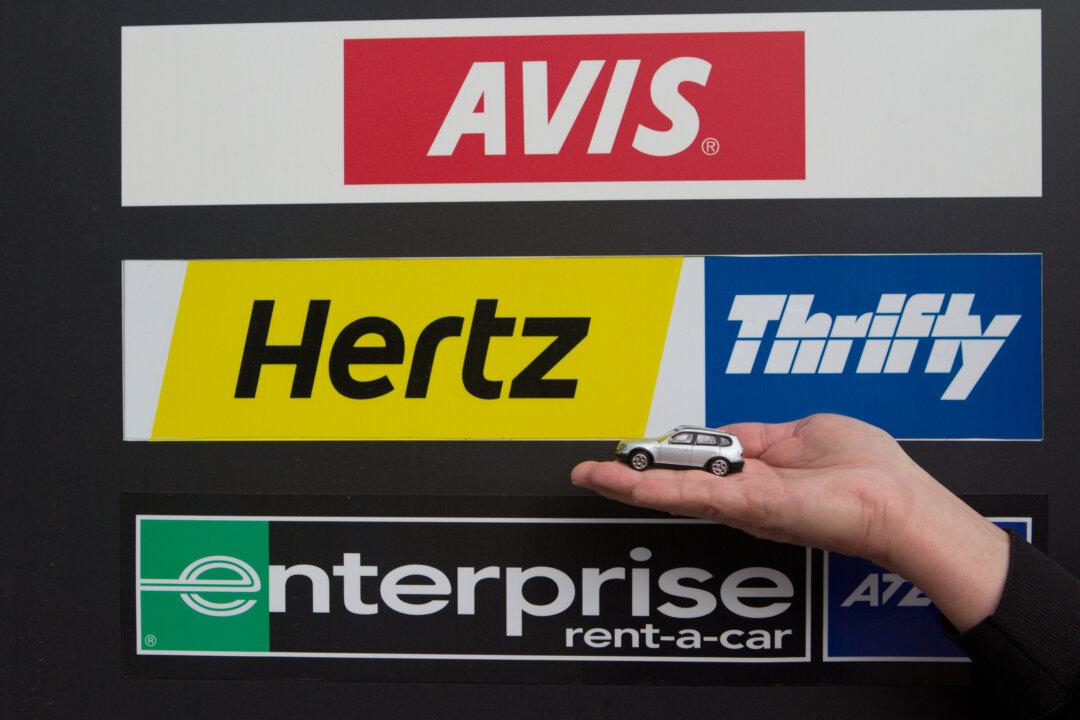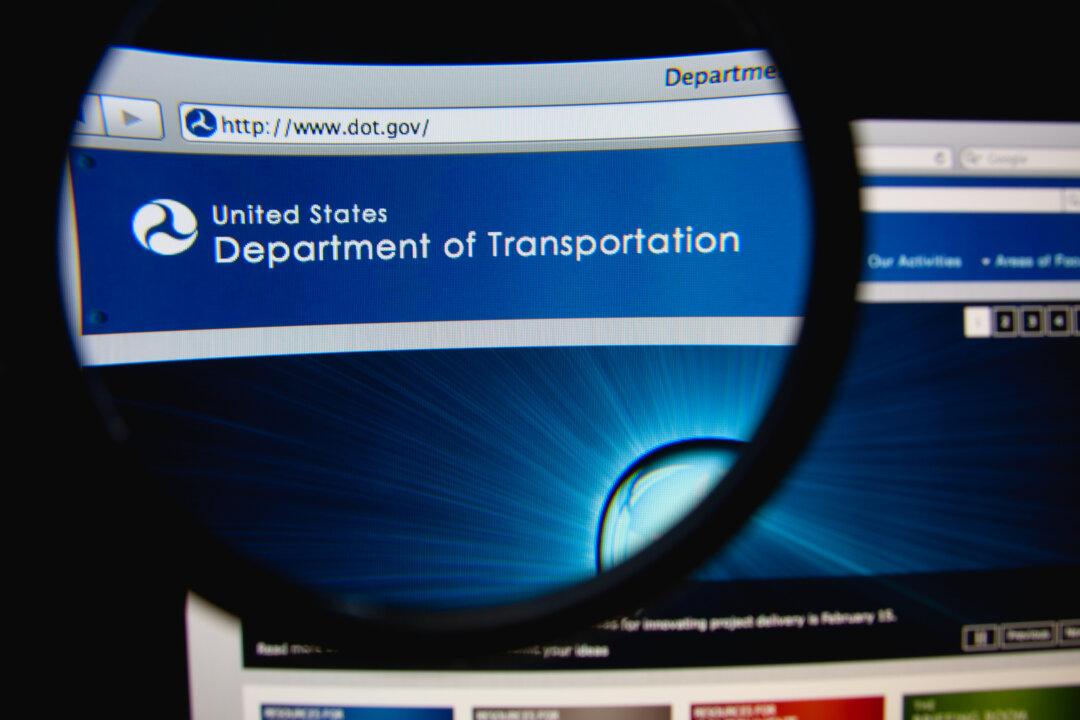A recent report from IdeaWorks Company describes premium economy as “an upper middle-class seat priced for the upper-middle class” designed for, and marketed to, “upper middle-class consumers who seek an upper middle-class travel experience.” The report’s author, Jay Sorensen, is bullish on premium economy. Should you be?
The Basics
Premium economy is a distinct airline product, in a distinct cabin on most long-haul, wide-body planes. Its hard product provides seats two or three inches wider than standard economy, with usually 7 to 8 inches more legroom, and its soft product features superior meals and maybe better checked and carry-on baggage policies. In many ways, it’s close to what you get in domestic first-class 737 and A320 flights. It sits between the economy “plus” many big lines offer, with standard economy seats at a few inches extra legroom, and international business class, with seats that convert to a lie-flat bed on overnight trips and lavish cabin service.Premium economy was originated more than 30 years ago by Taiwan-based EVA Air and soon after picked up by Virgin Atlantic. For a long time, it stayed that way, but over the past decade or so, almost all the big international lines have adopted it. Even a few low-fare lines have adopted the idea: Norse Atlantic includes a small premium economy cabin on its 787s and French Bee has premium economy on its A350s. As far as I know, no line has outfitted 737s or A320s with the five-across seats the manufacturers once described as premium economy, but a few lines sell old-line first-class cabins as premium economy on connecting flights.

